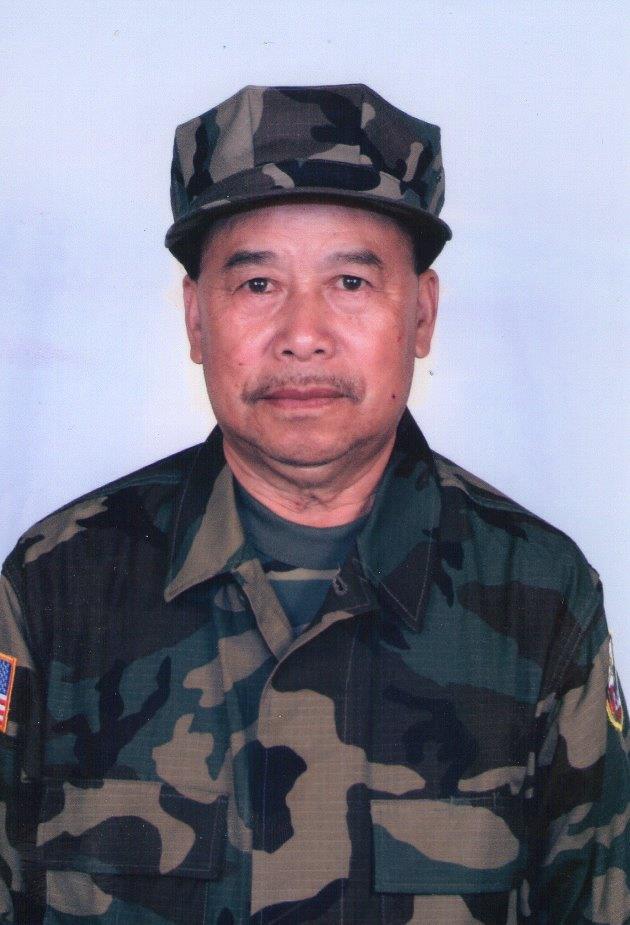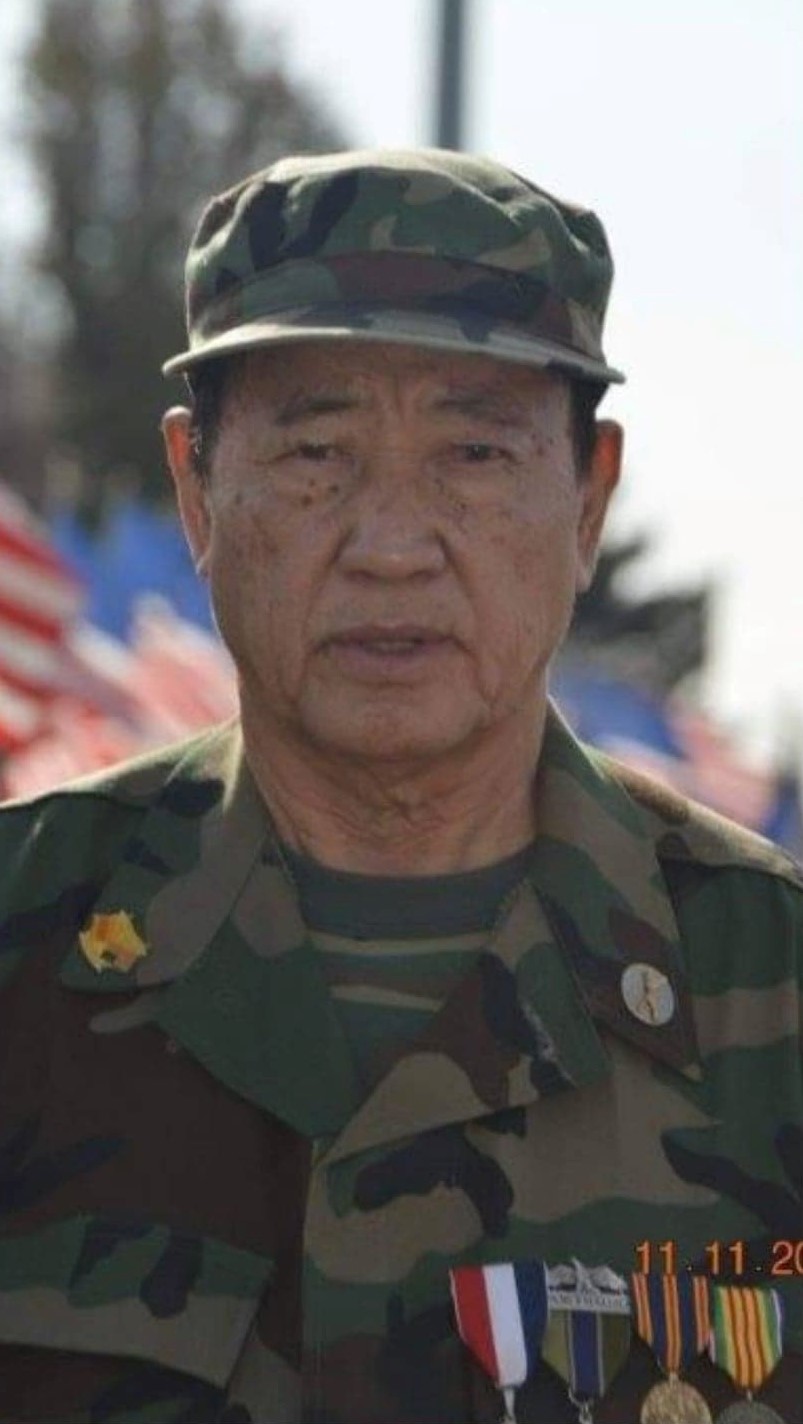History of the Hmong
The origins of the Hmong ethnic minority group can be traced back to southern China as early as 4,000 BCE. The Hmong were known for being excellent farmers. The Hmong valued their independence and close-knit community. They were able to maintain their unique culture despite hundreds of years of conflict within China. Due to persecution from the Chinese government in the 1700s, the Hmong began to migrate to the mountains of Vietnam and Laos where they would rebuild their livelihoods in peace.
After Japan surrendered in World War II in 1945, Vietnamese leader, Ho Chi Minh, declared independence from French rule. France and Vietnam would continue to fight for control over Southeast Asia. Hmong soldiers were sent to help the French during this time. In 1954, the Geneva Accords were signed. Vietnam was split into two. North Vietnam was supported by the communists, and South Vietnam was backed by the U.S..
In the early 1960s, the North Vietnamese invaded Laos. As an effort to stop communism from spreading further, President John F. Kennedy authorized the CIA to recruit and train the Hmong in Laos as part of covert operations. The jungles of Laos were familiar to the Hmong so they could move quicker than American soldiers. Hmong soldiers rescued downed American pilots, gathered intelligence, protected American military camps and fought against the North Vietnamese along the Ho Chi Minh trail. Children began to be recruited to increase the number of soldiers as many Hmong men died. The death rate was ten times higher for Hmong soldiers than American soldiers in Vietnam. (Source: PBS.)This would later become known as the Secret War.
American troops left Vietnam two months following the signing of the Paris peace agreement in January 1973. North Vietnam violated the agreement soon after and fighting continued. South Vietnam fell to the communists in 1975. The Pathet Lao, the Laos communist party, also gained control over the Lao government. The Pathet Lao began to target and kill Hmong soldiers and families who had helped the United States. Thousands of Hmong were stranded and fled deep into the jungles to hide. Many Hmong families died while attempting to escape to Thailand by crossing the Mekong River which was heavily patrolled by the Communists. The Hmong who escaped would live in refugee camps in Thailand.
The first Hmong people resettled in the United States in 1975. They were able to immigrate to the U.S. mostly because of their assistance to the CIA. Kansas City, KS was one of the first cities that welcomed the Hmong. Many Hmong immigrants were not familiar with American culture nor spoke English when they first arrived in the U.S.. It has provided opportunities for Hmong immigrants that they did not have in Laos. Today, there are over 3,000 Hmong-Americans living in the Kansas City metropolitan area. Many continue to thrive in their careers as entrepreneurs, nurses, teachers, pastors, financial professionals, police officers, etc.

Nou May Herr
1938-2011
Kansas City, KS

Nhia Tong Thao
1942-2020
Kansas City, KS